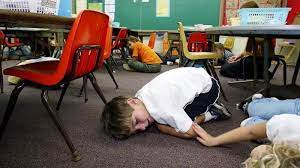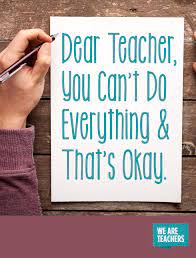Introduction
In an era of polarized opinions and social media activism, students from all walks of life are more politically aware and socially conscious than ever before. They are engaging in discussions about tough topics like gun control and abortion which are taking center stage in educational institutions as well as broader society. As educators, parents, and community members, it’s crucial that we support these conversations and work together to cultivate a culture where these discussions are encouraged and constructive.
Understanding the Context of Gun Control
Gun control is an ongoing debate in the U.S., mainly due to the constitutional protection of the right to bear arms. While there have been tragic events that highlight the need for increased regulation and protections, anti-regulation activists argue that such measures infringe on their constitutional rights. Students need a safe space to express their opinions on this matter while valuing everyone’s perspectives in order to truly understand the subject at hand.
Exploring the Different Perspectives Surrounding Abortion
Abortion is another controversial topic which often sparks heated debates as it’s tied to deeply rooted moral beliefs and cultural values. Across the nation, people are divided into “pro-life” and “pro-choice” camps. Encouraging students to openly discuss their stances on abortion is essential for a better understanding of both perspectives and can help develop empathy for others’ views.
The Role of Educators in Facilitating these Conversations
Educators play a critical part in fostering constructive discussions around these topics by ensuring an inclusive classroom environment where all opinions are valued and respected. They can provide necessary resources that present contrasting viewpoints, aiding students in forming well-grounded beliefs based on accurate facts. Incorporating debates or group discussions into lessons can offer additional opportunities for students to engage actively.
The Importance of Social Emotional Learning (SEL)
Addressing tough topics in schools also calls for integrating Social Emotional Learning (SEL) methods into the core of education. SEL focuses on strengthening skills such as self-awareness, empathy, social awareness, and responsible decision-making. These attributes are essential when handling challenging conversations and managing diverse perspectives.
Developing Constructive Dialogue
To nurture a culture capable of engaging in difficult dialogues, schools should aim to create norms that store open-mindedness, respect, and active listening. Students should be encouraged to express their opinions without fear of judgment while being taught to approach the conversation as a learning experience.
Conclusion
With students wanting to discuss challenging subjects like gun control and abortion, educational institutions have an opportunity to foster constructive dialogue by establishing safe environments for sharing diverse perspectives. Including SEL principles alongside well-rounded resources empowers students to navigate these conversations with critical thinking skills and empathy toward others’ views. By providing proactive guidance, educators can become champions for change and contribute positively to these important societal debates.











